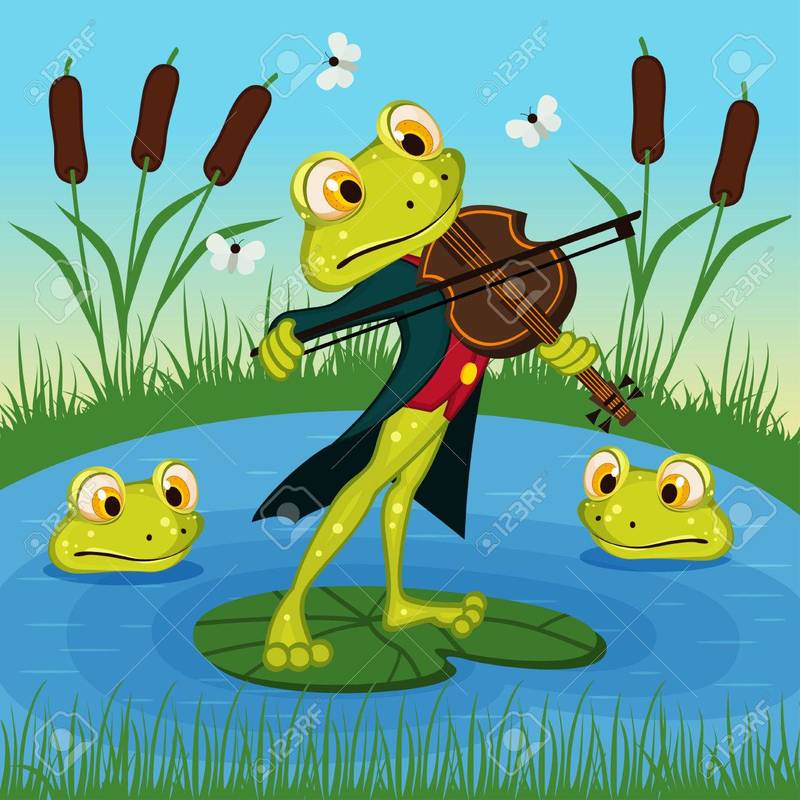It's not known if the violin was inspired by the Byzantine lyra (similar to the lyre, the bowed Medieval instrument called the rebec, or the stringed instrument of the Renaissance period called the lira de braccio. What we do know is that the earliest version of the violin emerged in Italy in the early 1500's. Andrea Amati is credited with its creation.
Amati lived in Cremona, Italy where he apprenticed as a lute maker. By 1525, he had become a master instrument maker. The prominent Medici family commissioned him to make them an instrument similar to the lute but easier to play. "He standardized the basic form, shape, size, materials, and method of construction of the violin. His designs gave the modern violin family its look today but had vast differences. The early violins had a shorter, thicker, and less angled neck. The fingerboard was shorter, the bridge was flatter, and the strings were made of gut." Catherine Medici, Regent of France, purchased at least 14 of these early violins. They are still in existence today.
During the 17th an 18th centuries, the "art of violin making" reached its peak. The Italians Antonio Stradivari, Giuseppe Guarneri, as well as the Austrian Jacob Stainer are the most noted violin makers of this period. Stradivari is probably the best known among lay people. It's interesting to note that Stradivari was an apprentice to Nicolo Amati, Andrea Amati's grandson. In 2012, a Guarneri violin sold at auction for $16 million and in 2011, a Stradivari sold for $15.9 million.
At first, the violin was not a popular instrument and was actually considered to be of low-status...an instrument of the common people. Composers of the 1600's featured the violin in his operas and the popularity of the instrument began to rise. The violins' prestige continued to soar during the Baroque period when major composers began dedicating time to writing pieces for the violin.
Fast-forward to the mid-1800's and once lowly violin was now enjoying a vital place in musical ensembles. In the hands of virtuoso violinists during the 19th century, the beautiful violin continued to gain fame and popularity. In the 20th century, notable violinists like Itzhak Perlman and Issac Stern brought a love of the violin to the masses. Fiddlin' John Carson, an American old-time fiddler and singer recorded what is believed to be the first country music song featuring vocals and lyrics. The use of the fiddle in American folk music dates back, however, to the early settlers who found that the small viol family of instruments were both portable and rugged.
After explaining the brief history of the violin to my little brother, I asked him if he was still as eager to play the fiddle? After mulling over my question for a moment or two, Quigley, Jr. decided that the fiddle was still a "pretty cool" instrument. So Mom, and Dad, I suggest you get yourself some extra-sturdy earplugs. You're gonna need 'em for awhile.
Tomorrow is, of course, Wednesday and that means Dharma will be here for my weekly lesson. I hope you'll stop by and see what he has in store for me. Until then, I wish you all
Peace.

 RSS Feed
RSS Feed